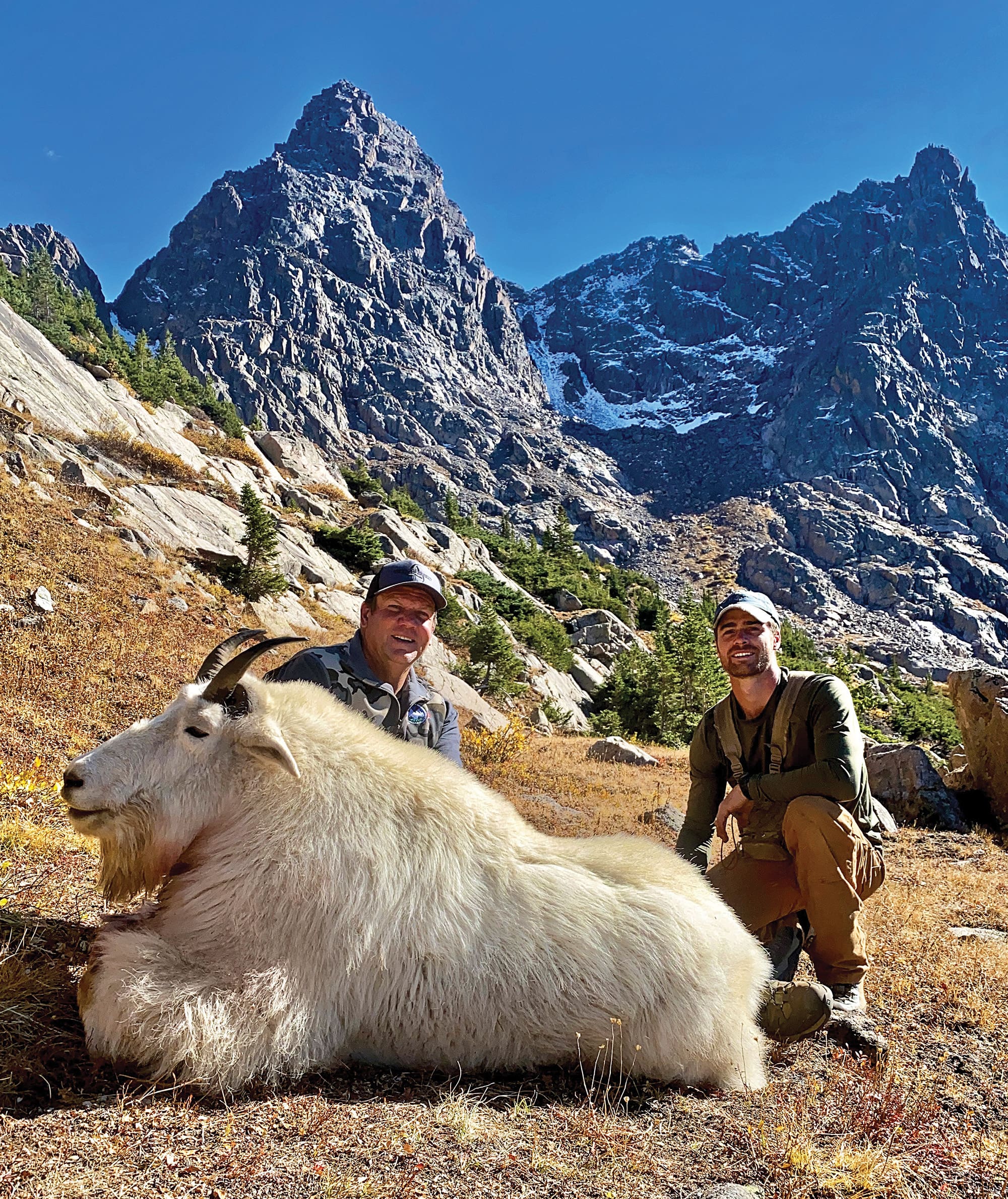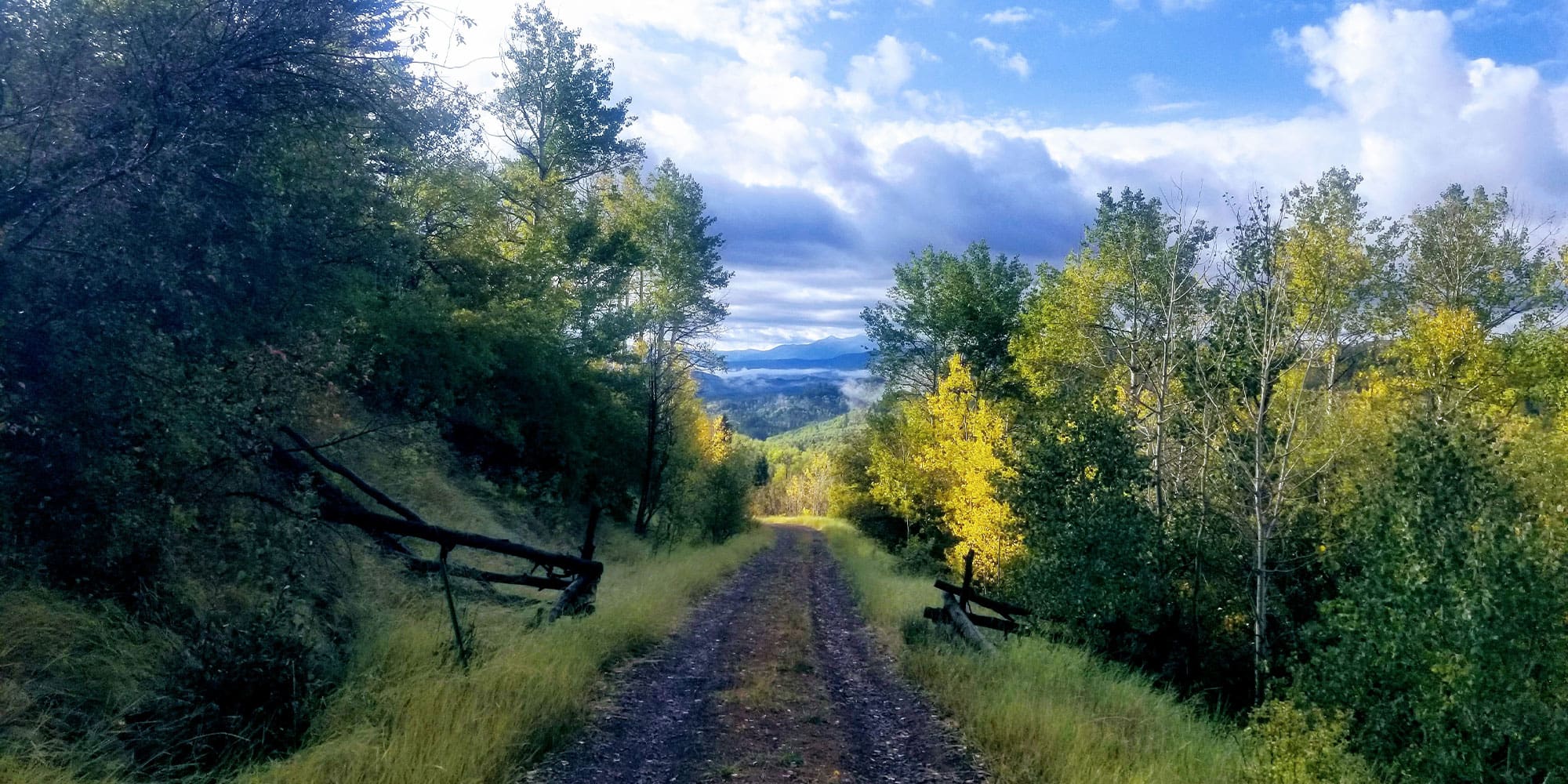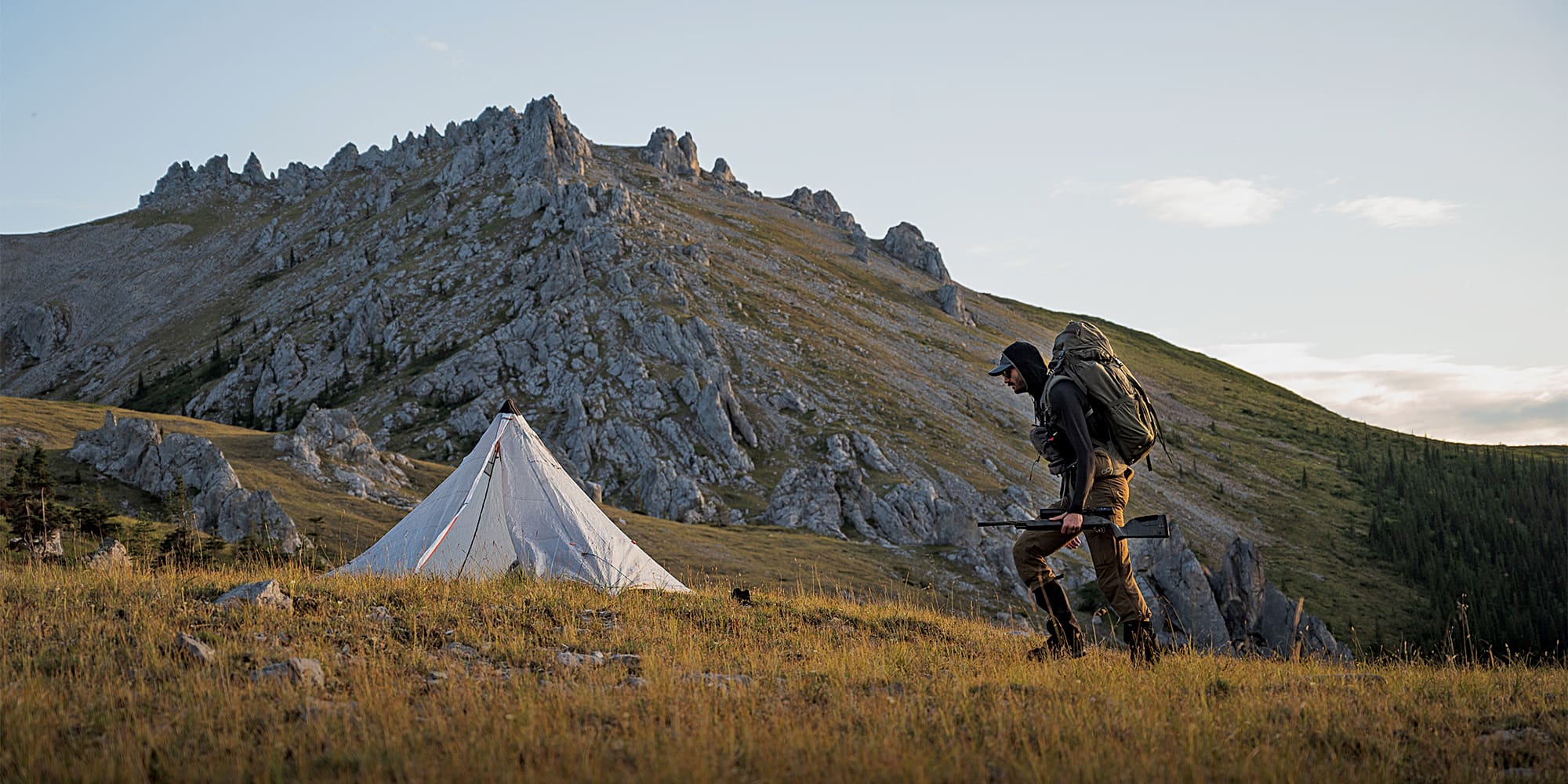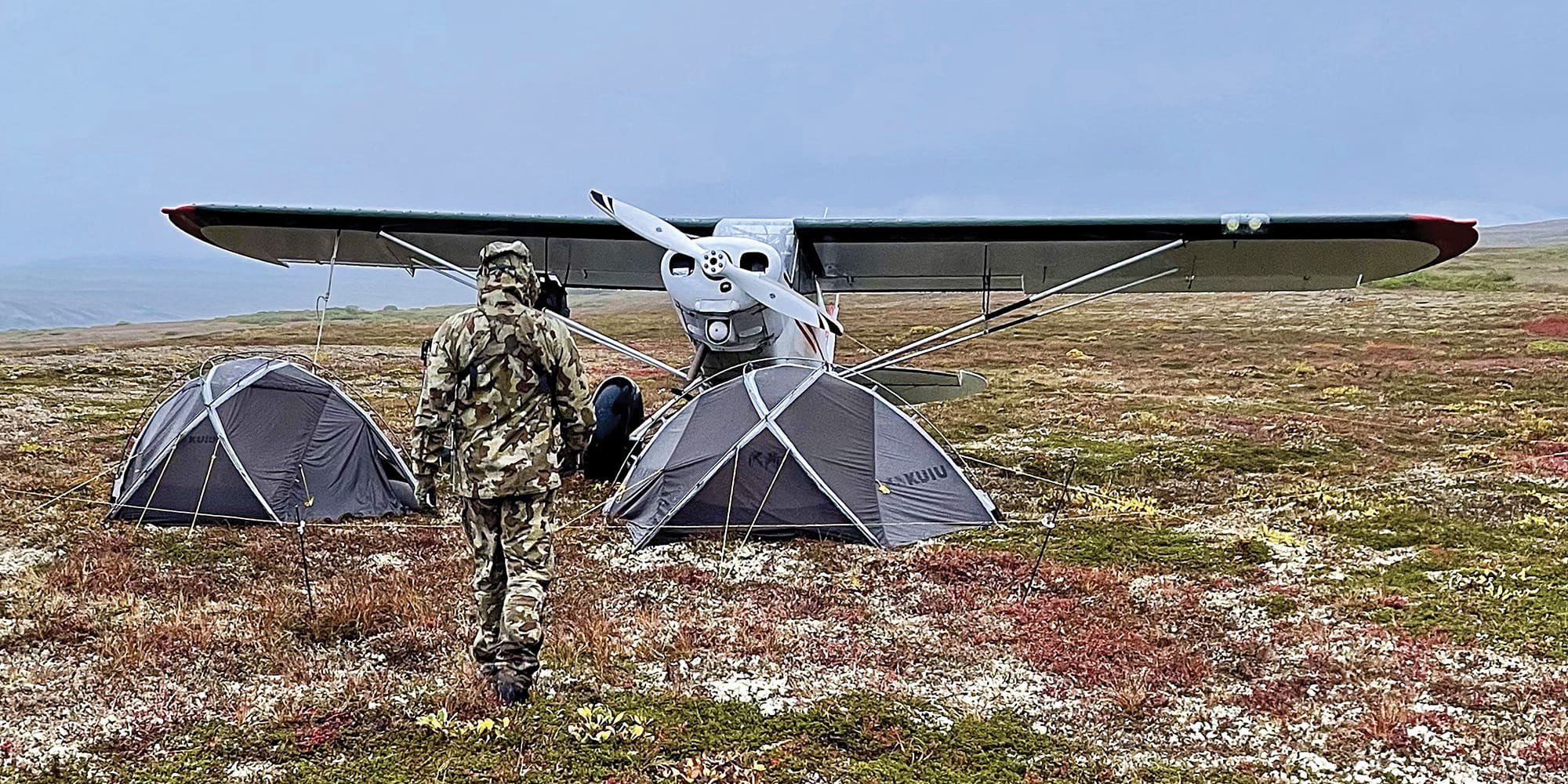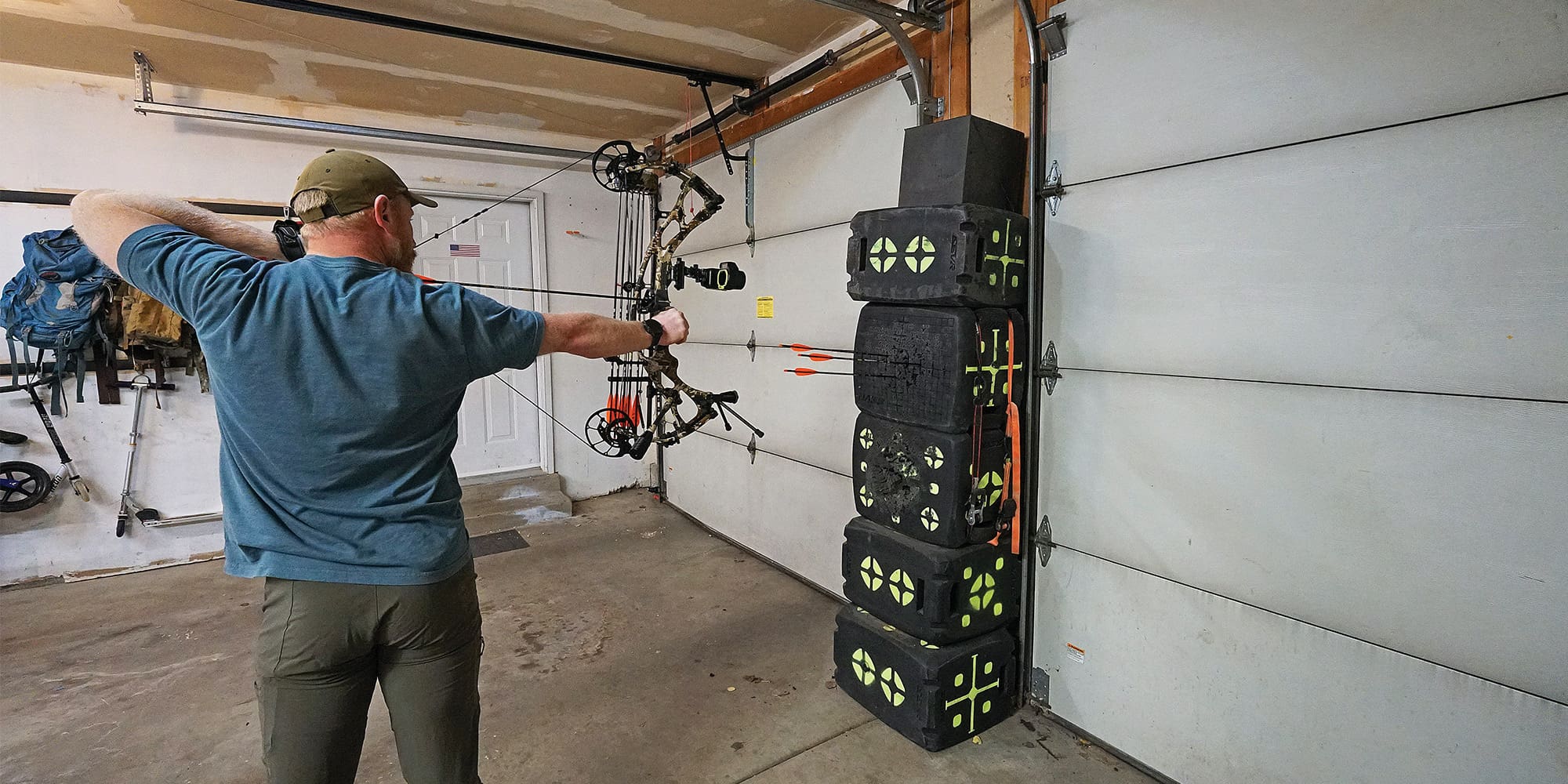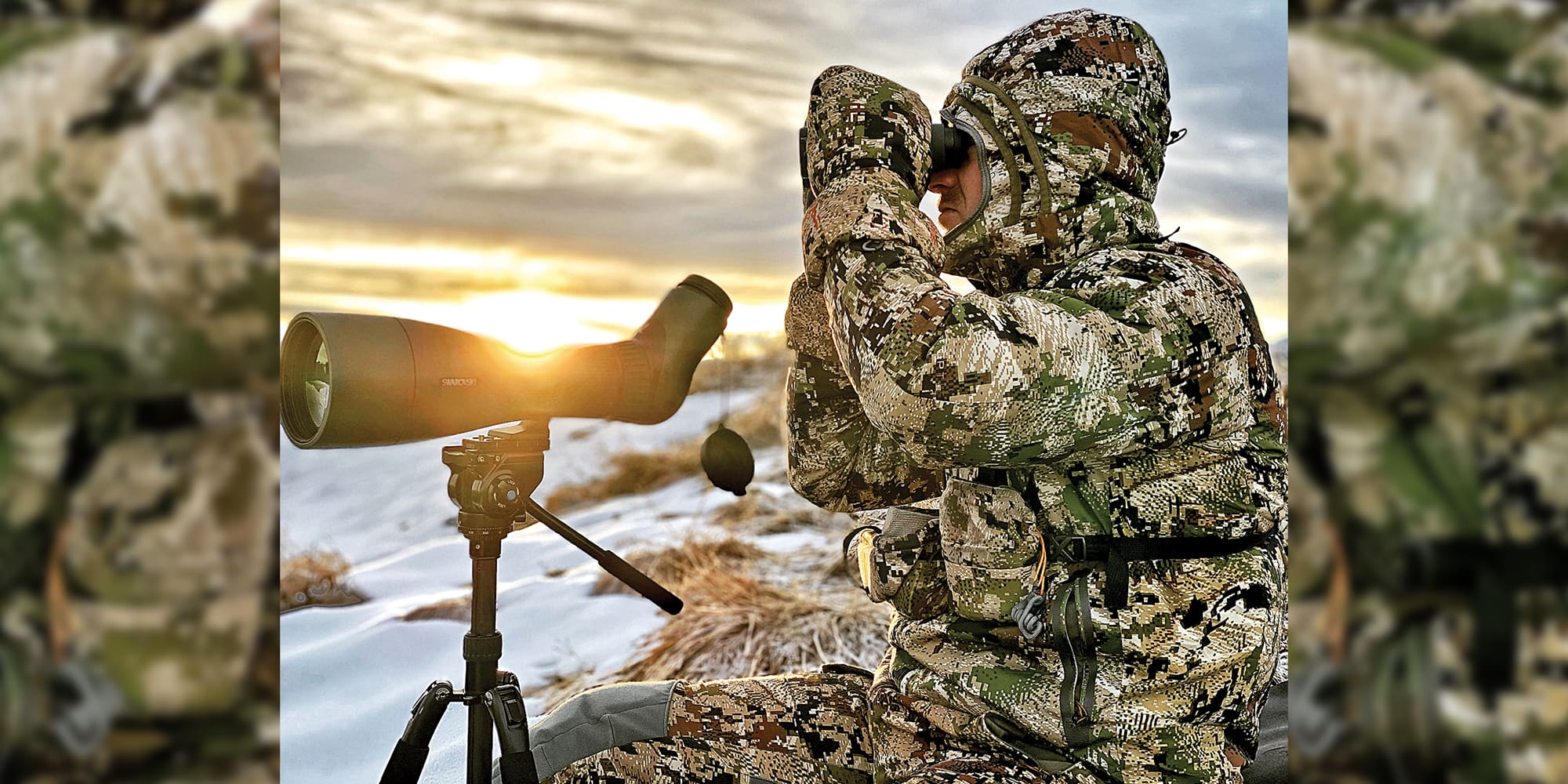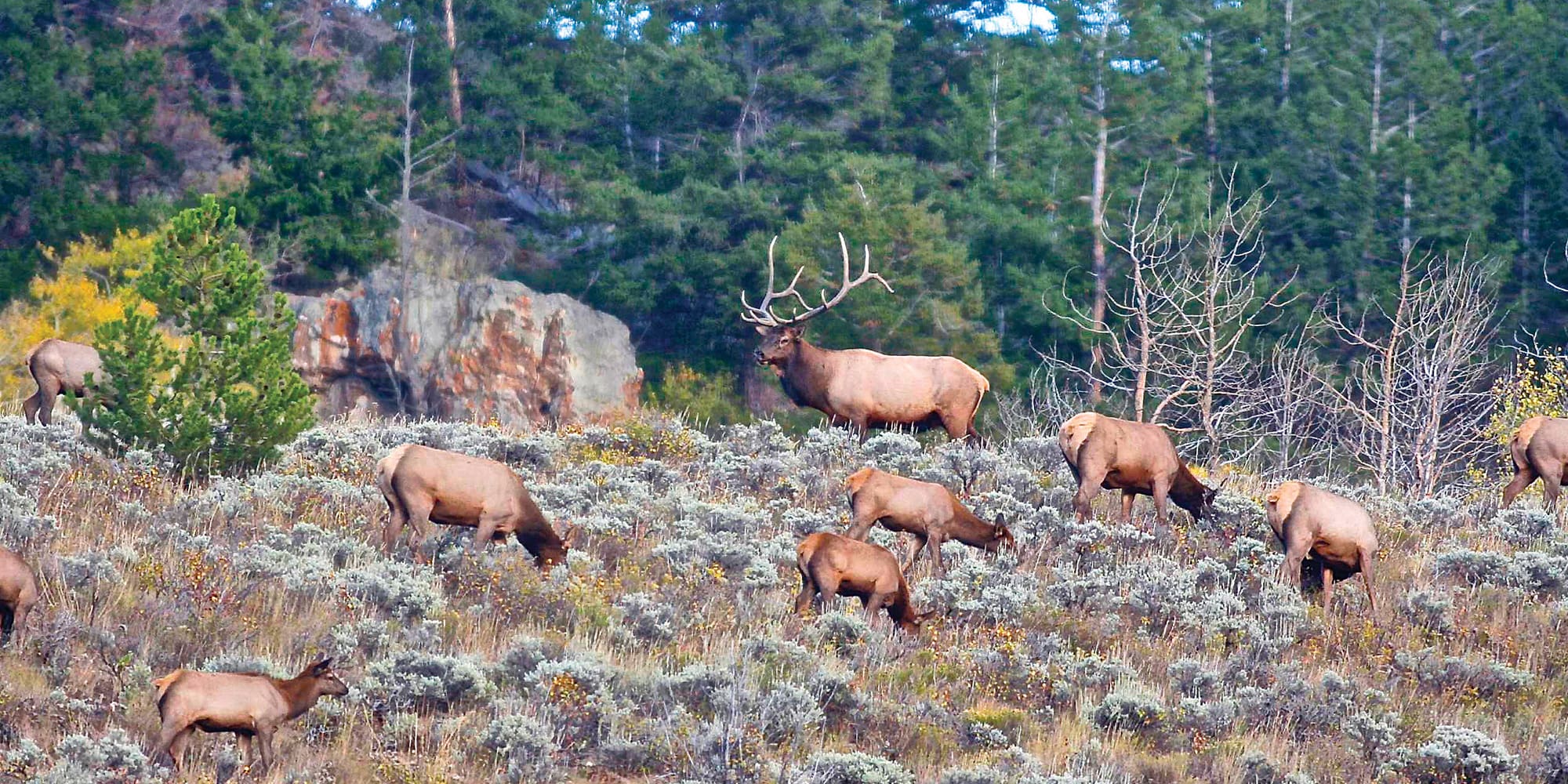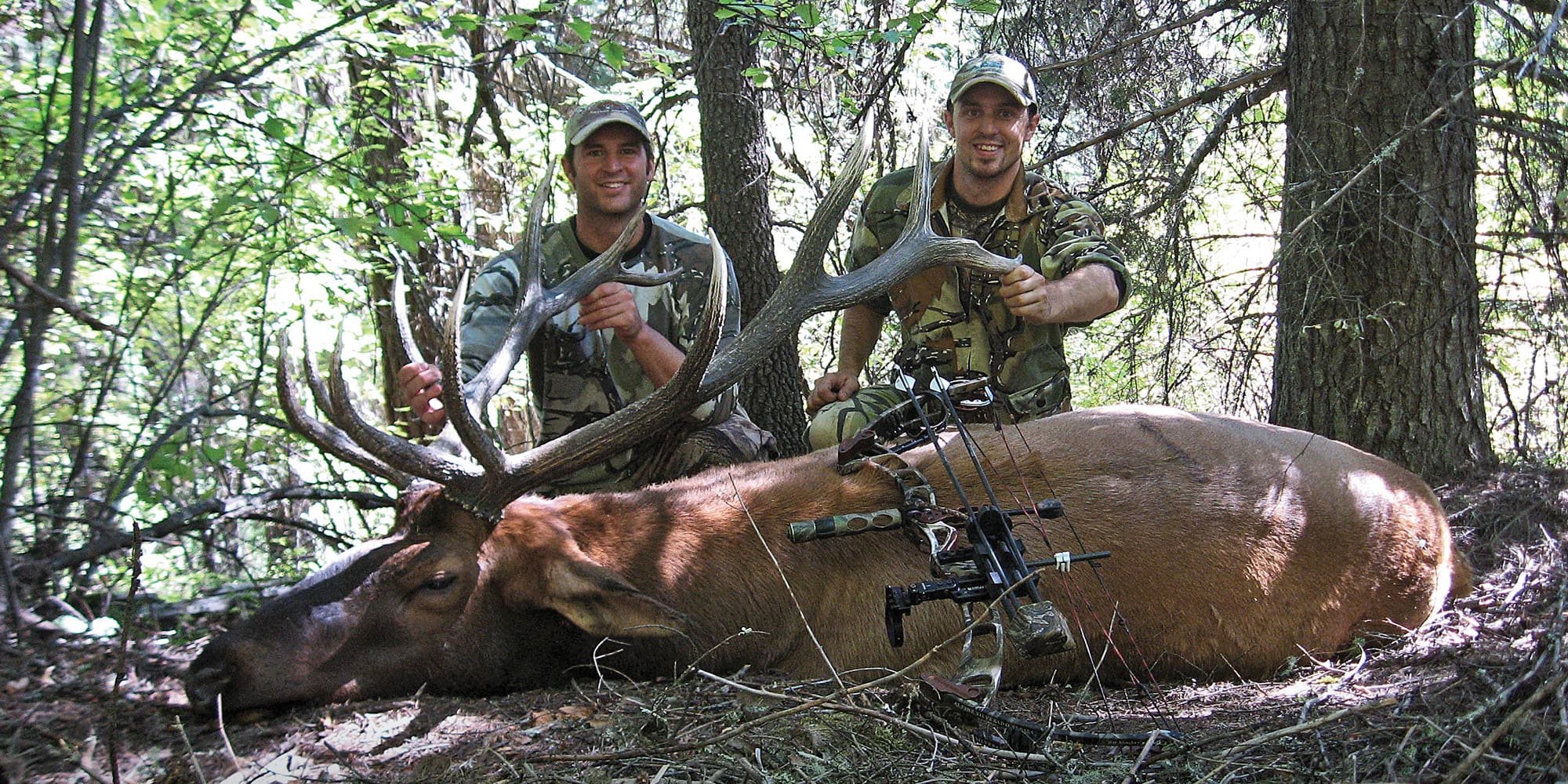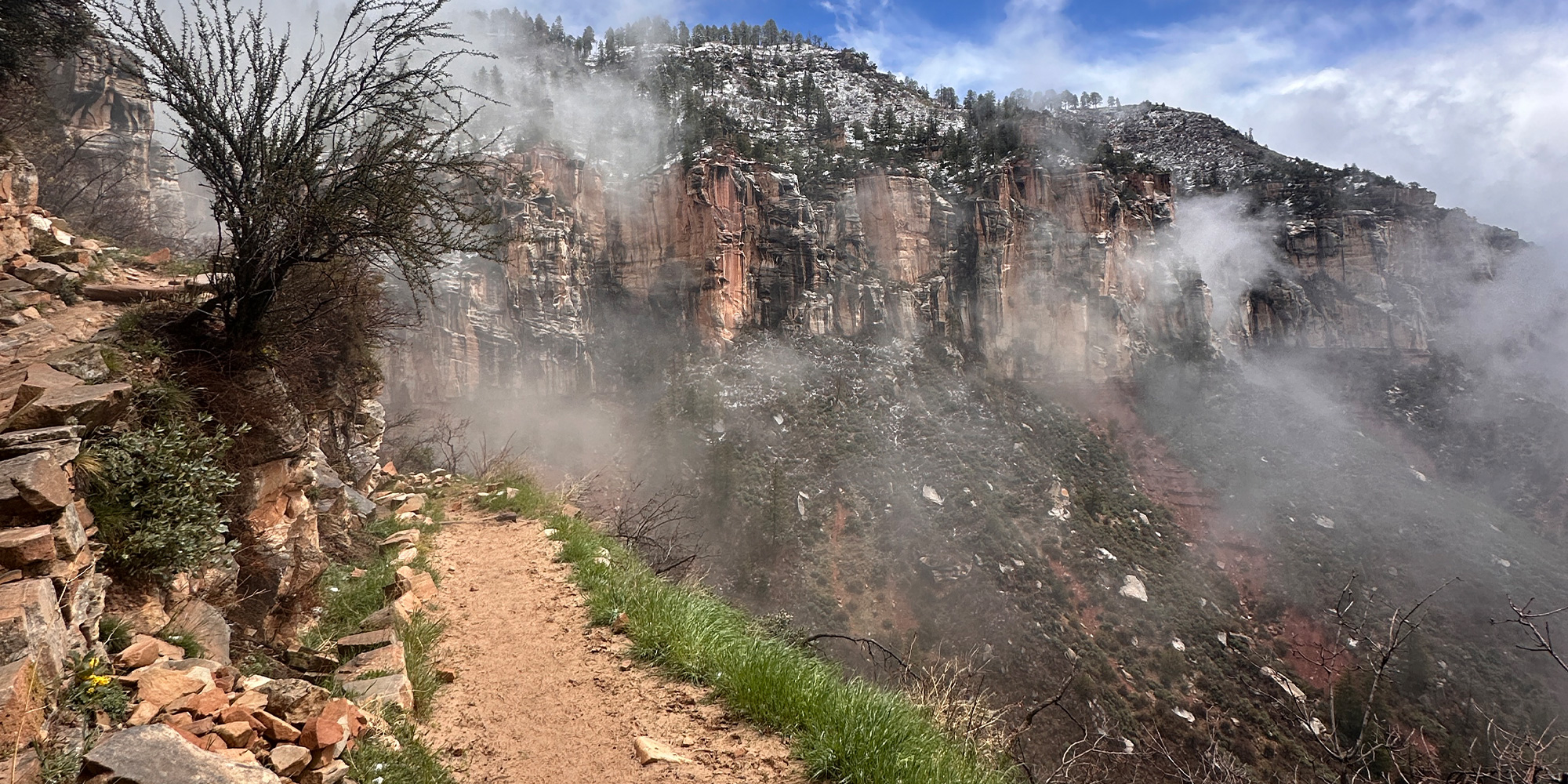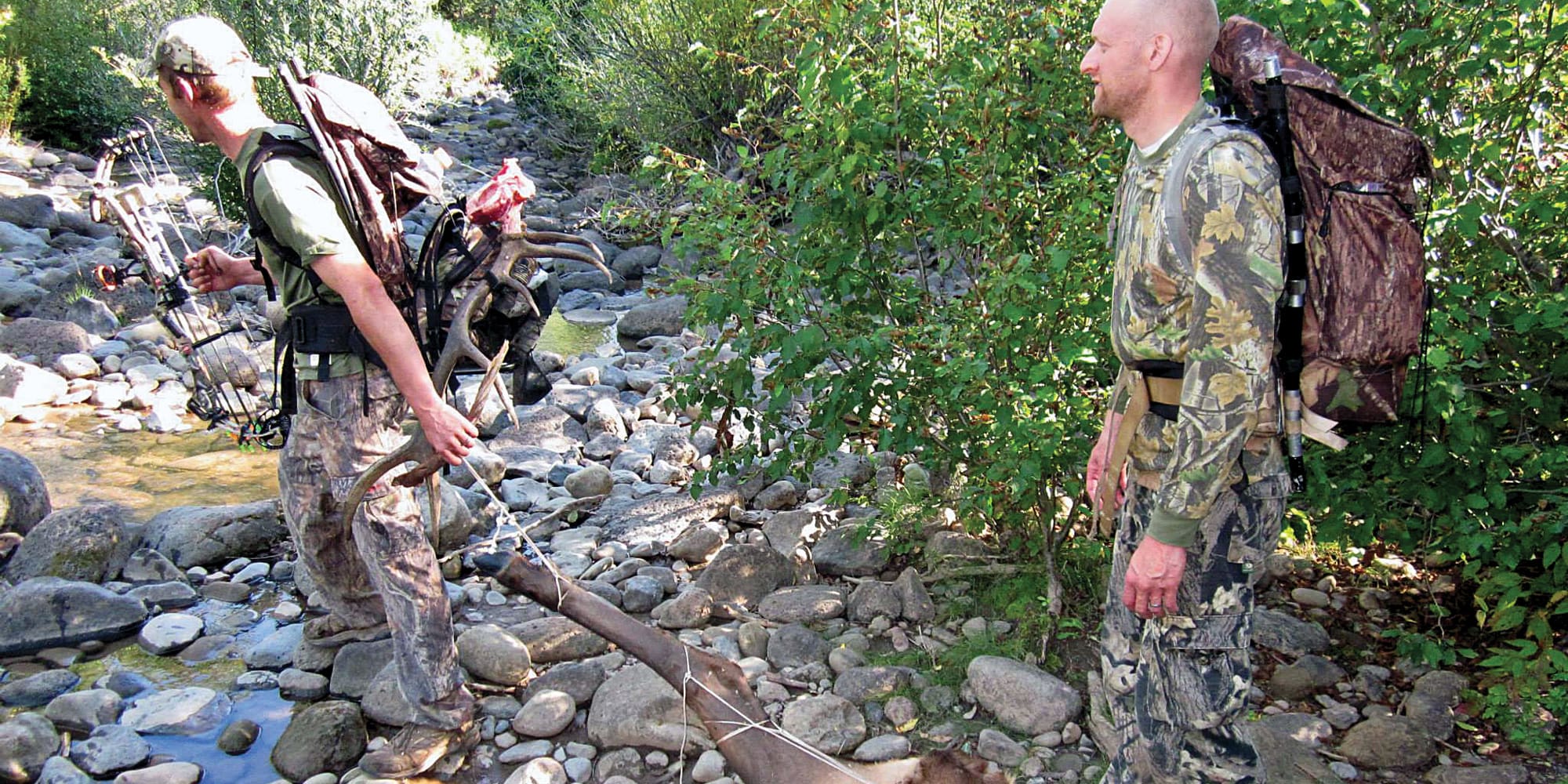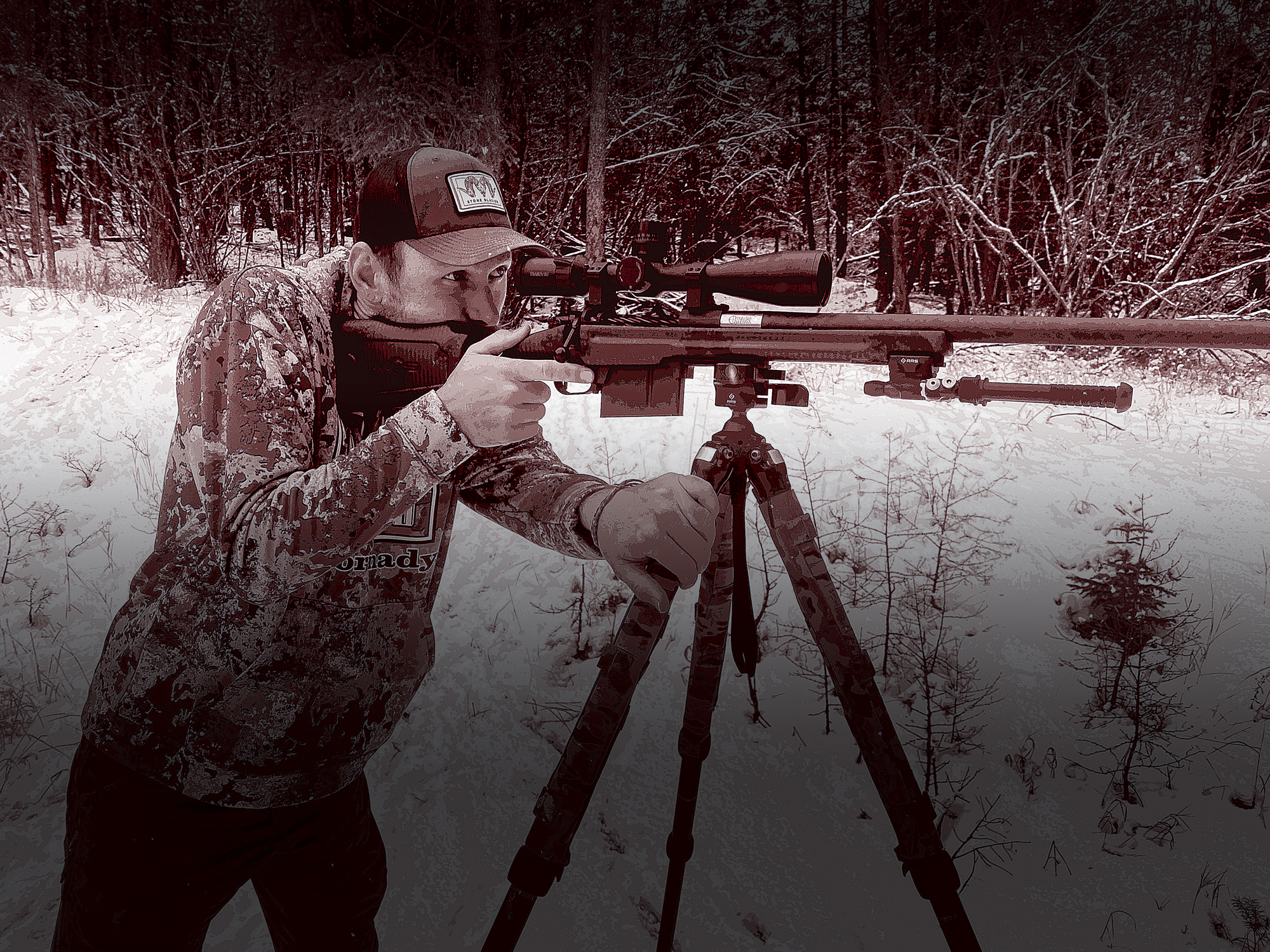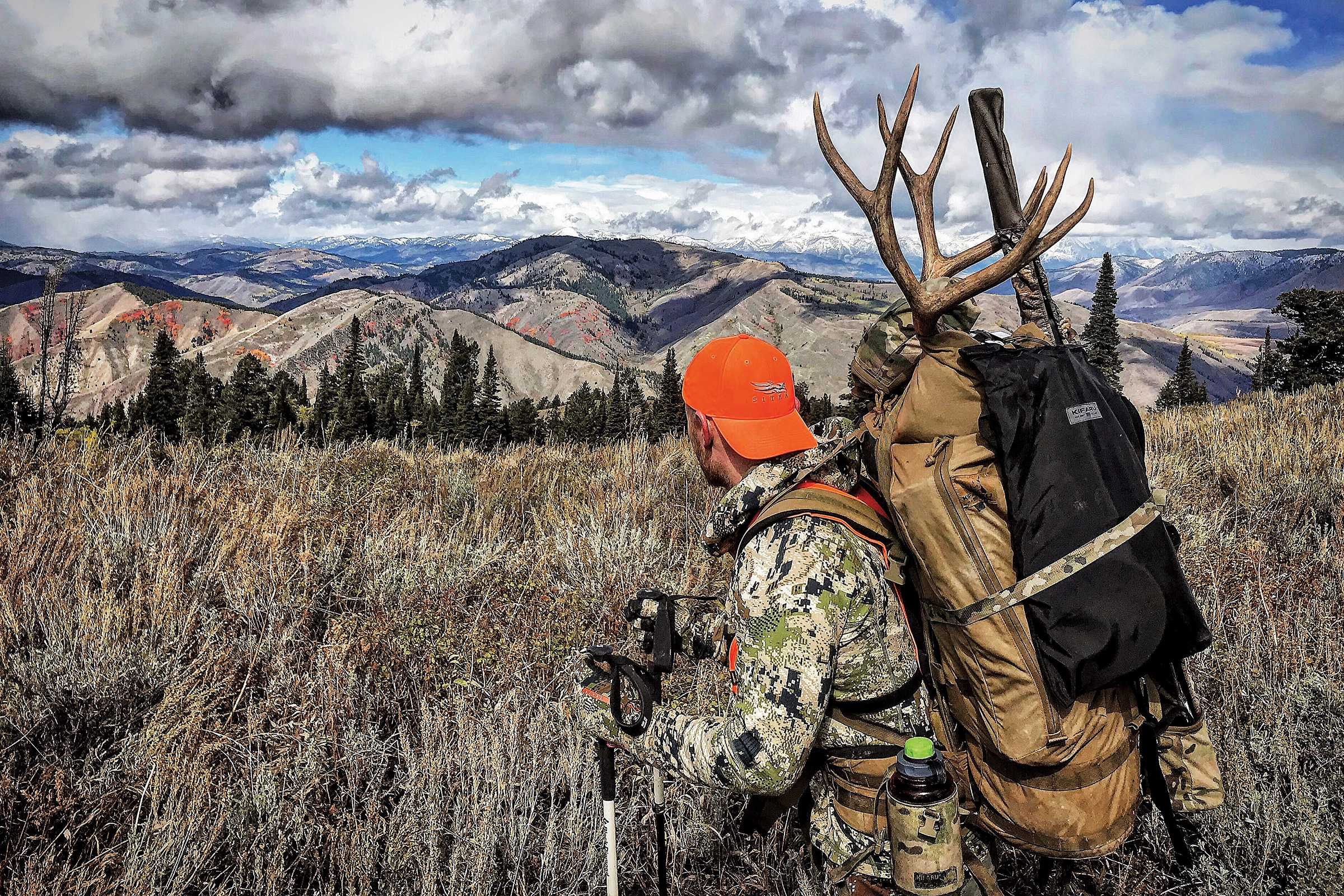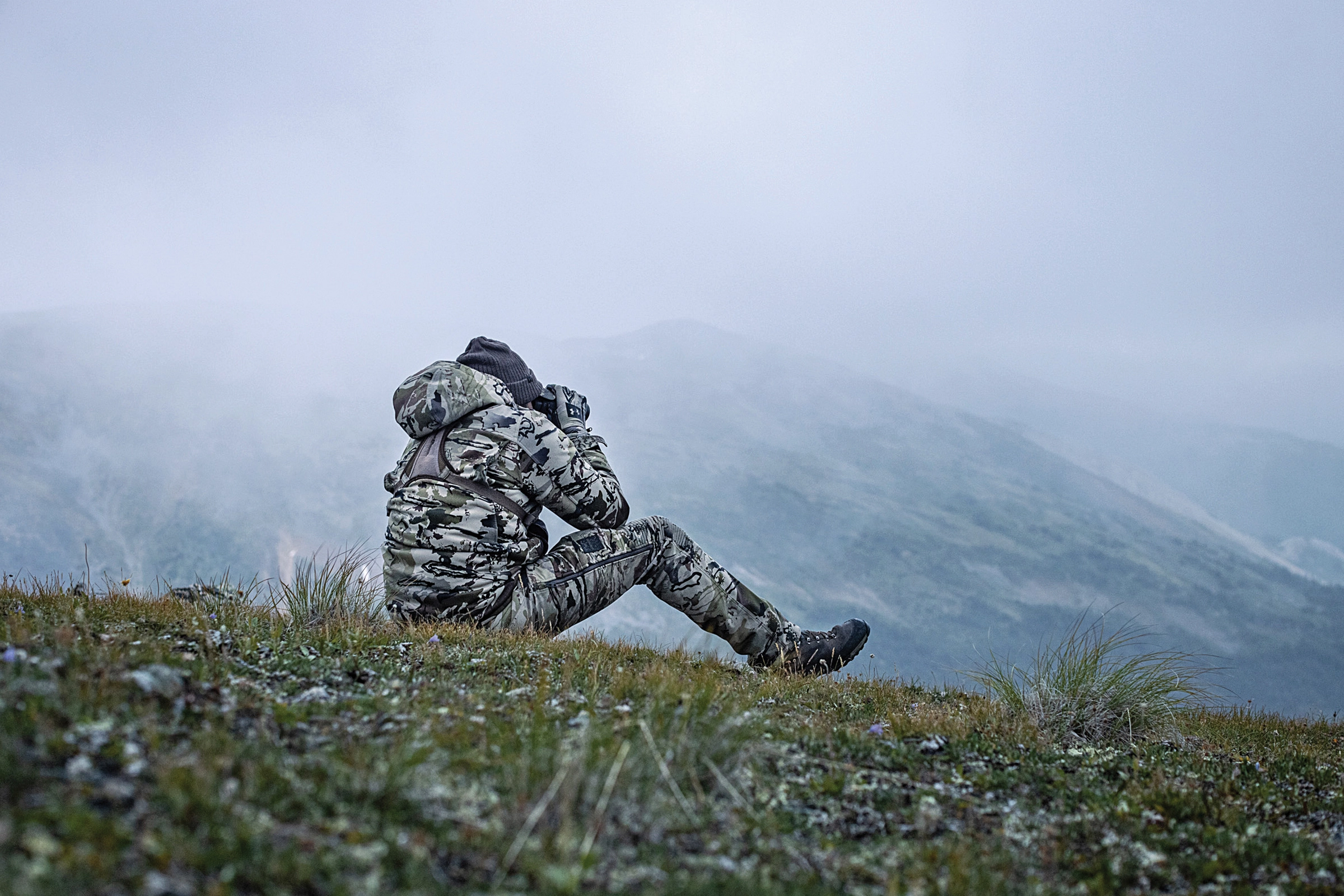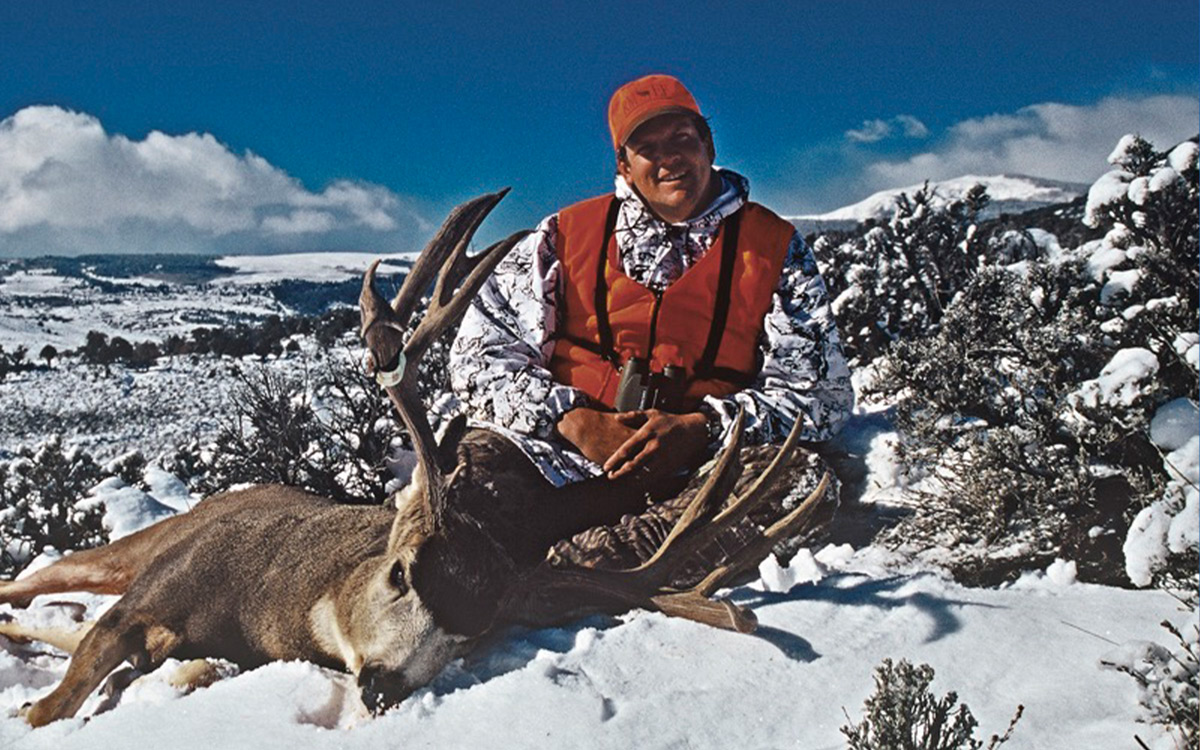
NOTICE: Certain links on this post may earn a commission for Western Hunter Magazine from Amazon or our other affiliate partners when you make a purchase. Thank you for your support.
Be More Successful Mule Deer Hunting - Part 3
Recently, I was invited by Aron Snyder to be on the Kifarucast podcast. It was during this podcast discussion that he asked me about how I would rank attributes of physical fitness vs. knowledge of animal behavior and habits when it comes to hunting mule deer. It was a legitimate question that also provoked some thought on my own afterward. What are the most important attributes of successful mule deer hunting?
I think there is some real validity in asking ourselves – as hunters aspiring for success – the honest question, “Are we doing all we can, and what do we need to be doing to be successful?” There is a myriad of qualities and efforts that eliminate variables in what is a difficult task; to consistently take mule deer on public land in the West.
Aron specifically referred to physical fitness, and that’s a great place to start because without an acceptable level of fitness, hunting in certain places and habitats isn’t possible for more than one or two days in a row. Some people are naturally gritty, and even if they are overweight, out of shape, or older in age, they can push through some real difficulty because they’re tough and have the desire.
Eliminate your Variables
At some point, even the grittiest of people can simply go no more. The pain of pushing on outweighs the desire. As the founder of Wilderness Athlete, Mark Paulsen, once told me, “When the body fails, the mind is a willing accomplice.” It’s a very simple statement that carries with it reality, wisdom, and truth.
For me, having the level of fitness needed to hunt mountain mule deer was almost automatic, because I live in the mountains and stay active all year hiking and walking. When I was younger and in my 20s and early 30s, it seemed as though I didn’t even have to get exercise on a regular basis and could still hit it hard in the fall and do well. Now, I’m over 50 and the reality of my limitations is starting to be obvious.
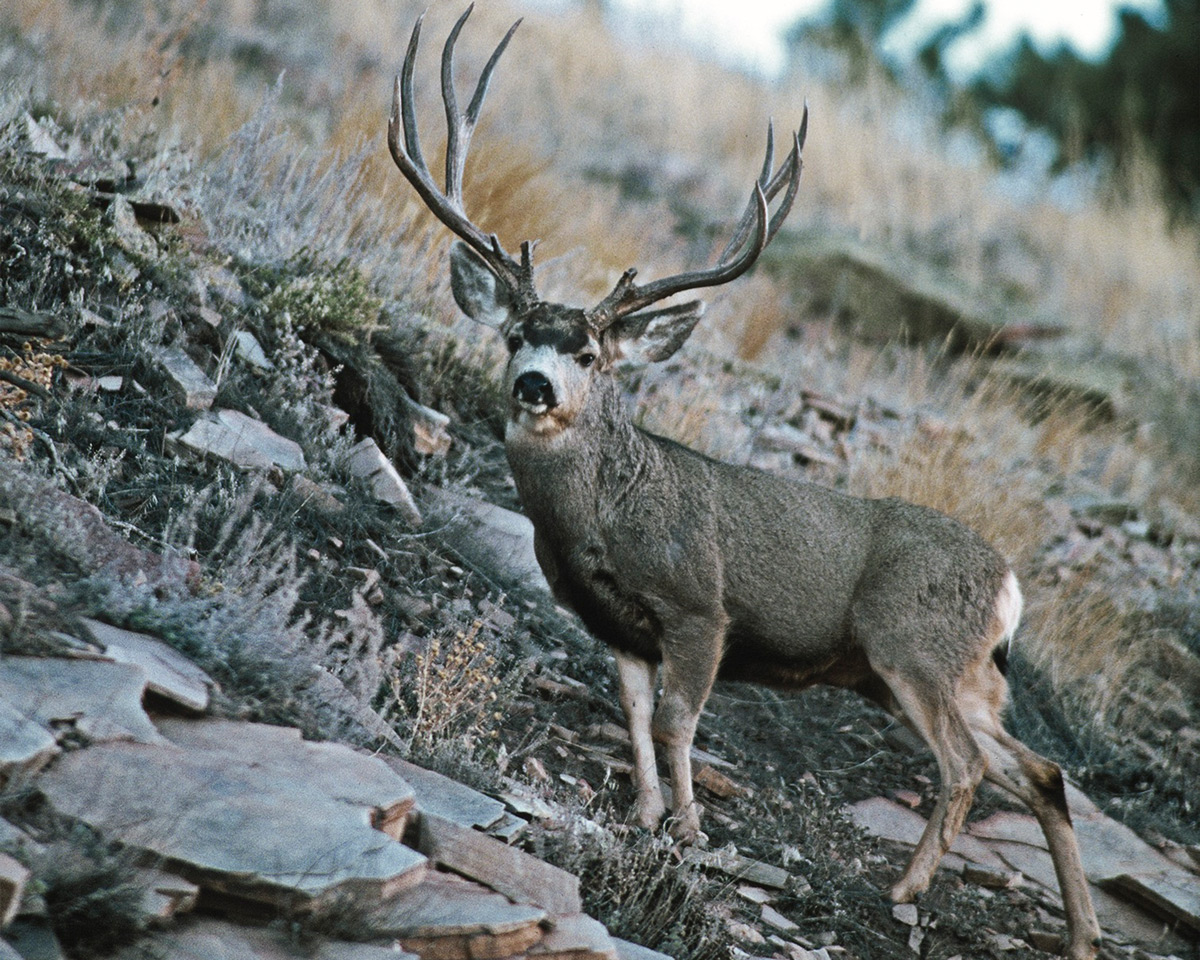
I can’t take it for granted and haven’t been able to for years. I know where I need to be physically to effectively hunt in the places I need to be and at a level of fitness that is necessary to get there. It takes work and dedication, and this is one element of hunting that simply has to be assumed. If you want to be successful in hunting mountain mule deer, you need to be able to hunt hard, climb high, and put in the miles and days. It’s a given.
The Golden Era of Gear
During the podcast, I briefly touched on equipment, but I’m the first to admit, I’m not a “gearhead.” I use and wear equipment and clothing because of how it performs for me.
We are currently in a time period when there is an incredible amount of competition between outdoor retailers, to our benefit. Sitka and Kuiu pioneered the hunting clothing layering system with technical pieces for every climate and weather. Other companies modeled this genius and have offered alternatives and variety.
I’m constantly amused when I see “that guy” post on a message board or social media that he has done just fine in flannel shirts and jeans and doesn’t need the newfangled matching camo outfits. Yep, you killed big bucks in dated clothes, but there is new and improved gear. I listen to digital music, not 8-track tapes, for a reason.
There is a real-world benefit to having quality equipment, gear, and clothing. For one, you eliminate variables of inclement weather and the challenges that weather puts upon us.
Many years ago, I sat on the edge of a huge drainage with my hunting partner, Mike Messier. We had spent the pre-dawn hours hiking four miles across an aspen and sage plateau in about six inches of fresh snow and the conditions we encountered made the walk a little more challenging.
We got to the edge of where this plateau dropped off and set up to glass. Within minutes, I was experiencing uncontrollable shivering from perspiration and cold. Mike sat next to me cozy and comfortable because he had the extra layering that I had left behind to avoid carrying the weight. Fortunately, the day dawned bright and sunny and I warmed up within the hour. That was an easy lesson learned, but the day wasn’t over.
We had to drop down about 3,000 vertical feet in elevation that day to be picked up by a friend down on the highway. It was a fairly substantial amount of downhill impact on the legs and feet.
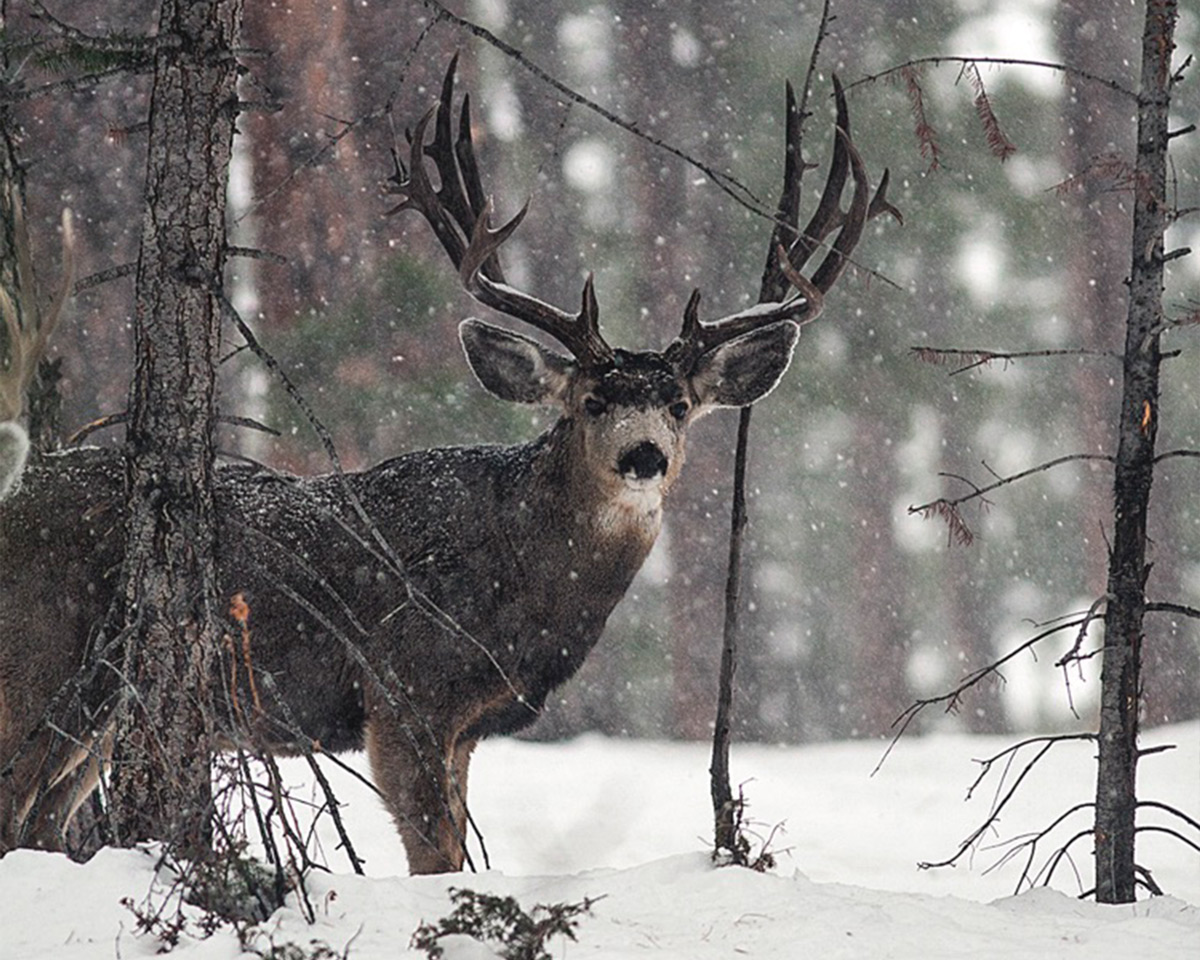
The day before, my leather Meindl boots had gotten soaked in the snow and I had built a fire to warm my feet and dry my boots. Some carelessness with the proximity to the fire and heat had caused my boot toe box to shrink up with the rapidly drying leather, causing my boots to fit improperly. Toward the last 500 vertical feet of descent, I was in enough pain that I was literally walking backward down the steep hill. Another lesson learned by my sometimes-bumbling younger self. Young, tough, and dumb are a bad combination.
The point of these anecdotes is to demonstrate that we have incredible benefits from the innovation and pioneering risks that some people have undergone to bring hunters better equipment. Companies like Kenetrek, Kuiu, Schnees, and Sitka all took risks to invest, manufacture, and develop products and gear to make us more comfortable on the mountain, enhance the experience, and eliminate variables. The net result is a longer time in the field for mountain hunters, which increases your chance of success.
Experience Counts
The other big topic Aron and I discussed was knowledge of animal behavior and habits. This quality comes primarily through time and experience; however, there is a fair amount of knowledge to be obtained by simply learning from others through print or digital media. You can create a great foundation of knowledge by essentially educating yourself almost like a student of mule deer. Still, that factual and anecdotal knowledge that is accumulated can only take you so far.
For example, I went to paramedic school 25 years ago when I was new in the fire service. We went through intense and rigorous training for months, but when we were through with school, the education didn’t stop there. It took years of treating peoples’ emergencies and the experience of that to develop a level of comfort and knowledge to do the job in an almost unconscious way.
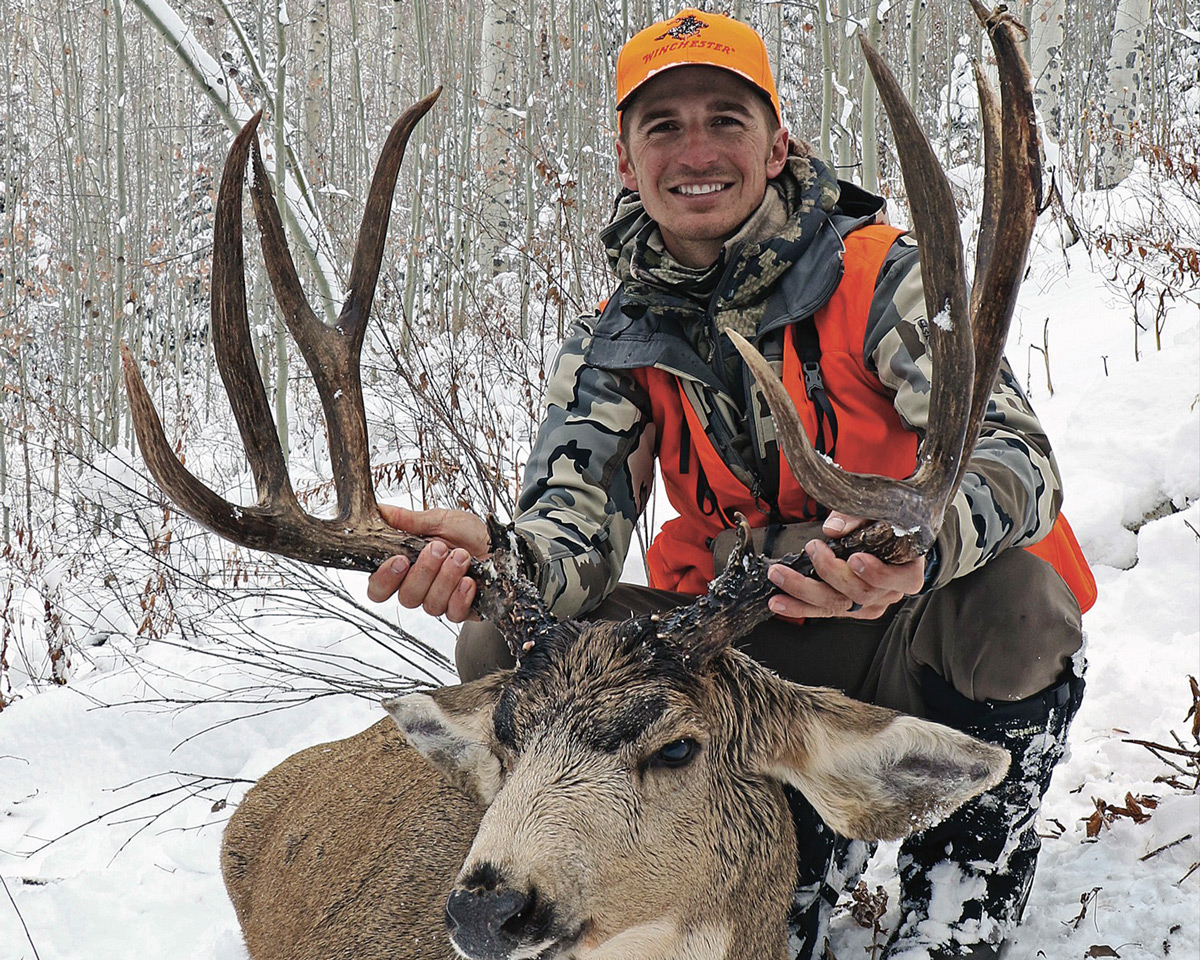
The same can be said for hunting mule deer. You can have the recipe and ingredients, but it can take years of field experience to develop the savvy that many consistently successful mule deer hunters possess. They know what to do and often know what the animals will do before they do it. There is no substitute for real-world learning, in the field and on the mountain.
Making the Shot Under Pressure
Because this is hunting and not simply finding mule deer, there is the end result of the hunt – the ability to stalk and execute a shot. It should be assumed that you’re very proficient with your weapon, but that is not always the case. Hence, the story of the one that got away.
If you get excited and have trouble controlling your nerves, this is an affliction you need to address before that critical moment, and it involves a bit of mental self-coaching. You must have the wherewithal to recognize your level of excitement and then calm yourself down to make a controlled and deliberate shot in a time of excitement and stress. This is more about self-recognition and the decision to act on it than anything else.
An adrenaline rush or epinephrine dump to your system is real. The origin of it might be psychological, but the effects are definitely physical. During an exciting event, the release of the hormone epinephrine prepares you for the fight, flight, or freeze response that almost all highly developed species possess. Your pulse quickens, your blood pressure jumps, and your lungs essentially relax in preparation for a big event of some sort.
This is essentially “buck fever” and a rough explanation of why if you experience it. You might feel tremors, shaking, lightheadedness, and even a sudden urge to go to the bathroom.
The solution is simple. Slow down. Take a deep breath and coach yourself out of it. Recognizing it and deciding to deal with it is most of the battle, and a calm deliberate hunter has a much higher chance of making a clean and ethical kill shot.
When you’re with someone who you can see is having trouble controlling their excitement, take control and coach them through it also. When anyone shoots and hits an animal, keep calm and make sure and talk in a soft and controlled voice. There’s nothing worse than a spotter losing it after the shot and yelling when the hunter is trying to find the animal in the scope again and make a follow-up shot. Show composure and lead by example.
Being calm and proficient with your weapon is a satisfying feeling when you know you can close the deal. Last August, I finally got a great Stone sheep ram in my crosshairs on the 12th day of my third trip after them. This was my Grand Slam ram and it was the sheep that I had worked so hard for and dreamed about.
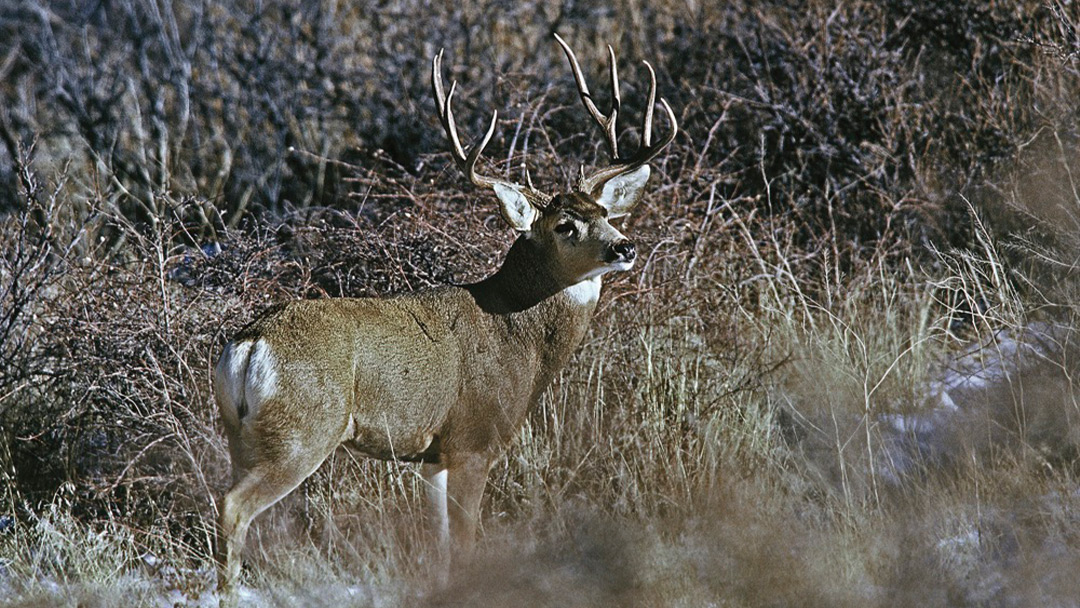
He was 380 yards away on a little bench and was on high alert and ready to leave the mountain. I knew I had only a few seconds to make the shot. I was nervous and tense, but also collected and calm, which seems like a paradox of words and vocabulary as I write this.
The rifle rest was solid and the shot position slightly awkward, but the crosshairs were steady. The shot felt good and right when I squeezed the trigger, time seemed to stand still. I got that ram, but I can tell you I was literally nauseous with excitement afterward because of the epinephrine release to my system. It’s great to get excited and feel the rush…as long as you can control the outcome.
The Line Between Success and Failure
Consistent success in hunting mountain mule deer is a skill that is developed over time. I was mentored when I was younger and now I feel like I can mentor others in the pursuit of these fantastic animals.
The learning process involves eliminating variables that work against you. Equipment choices are personal and subjective but buy the best you can afford that will allow you to stay out when the conditions deteriorate. This might be the difference between success and failure.
You don’t need to be a performance athlete, but having an acceptable level of fitness to grind out a ten-day hunt could be the difference between success and failure.
You don’t have to have the ice in your veins like a military sniper, but when the moment comes to close the deal, you must have the composure to do so. This, too, could be the difference between success and failure.
Don’t leave anything on the table when it comes to your preparation. Every variable that you eliminate might be the one that would trip you up and keep you from success. Develop your own system and knowledge to have the complete approach to hunting mountain mule deer.
To learn more about becoming a better mule deer hunter, read Part 1 & Part 2.


